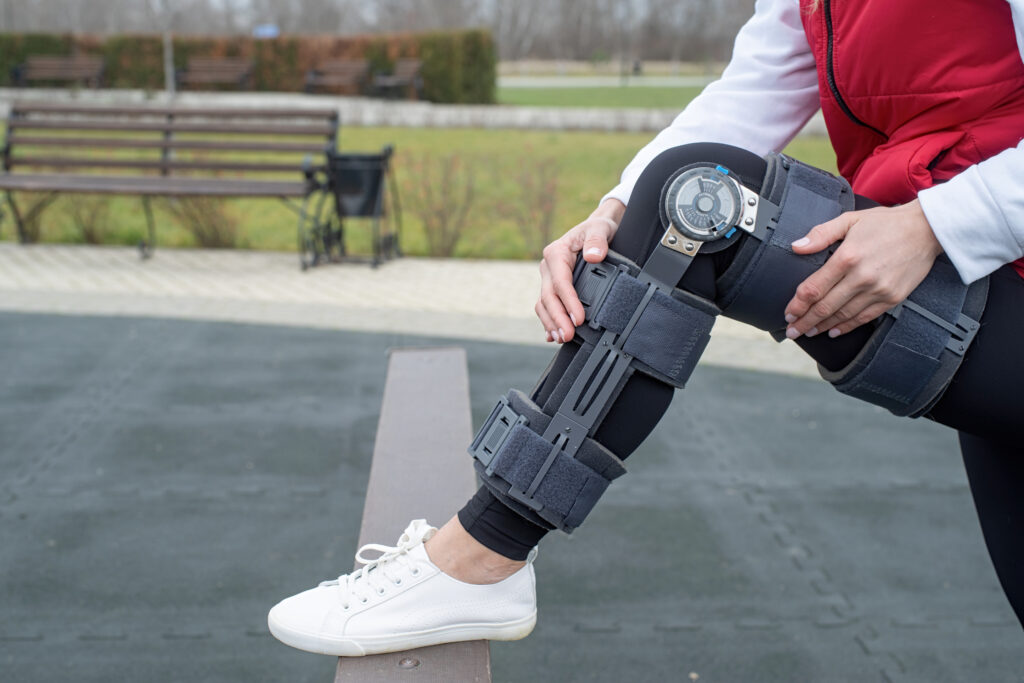Understanding and managing ACL injuries is crucial for athletes, especially those engaged in endurance sports that demand not only cardiovascular endurance but also a stable and resilient musculoskeletal system. Traditionally, ACL ruptures were often seen as surgical cases, with reconstruction serving as the main route to recovery. However, recent advancements in rehabilitation strategies are reshaping this narrative, offering athletes alternatives that can align better with their training and performance goals.
The emergence of exercise-based rehabilitation sheds light on new pathways to recovery. This approach emphasizes the importance of strengthening, neuromuscular control, and a progressive return to activity. The goal is to allow athletes to resume their training and competition without the complications that often accompany surgical recovery. As research has made clear, many athletes can return to competitive levels of performance post-rehabilitation, even without surgical intervention.
A particularly interesting development is the Cross Bracing Protocol (CBP), a non-surgical approach that seeks to enhance the natural healing process of the ACL. Designed for specific cases—most effectively those with isolated proximal ACL ruptures—this protocol emphasizes a structured, strict regimen that minimizes tension on the ligament, allowing for natural recovery. Given its early-stage success and promising outcomes, such as reports of 90% of candidates exhibiting ACL healing within 12 weeks, the CBP could be a beneficial strategy for athletes concerned with maintaining function and performance without undergoing surgery.
However, this protocol isn’t applicable to everyone. Athletes with more complex injuries, such as multi-ligament damage or significant meniscal issues, may not benefit from this conservative approach and could still require surgical intervention. This dichotomy emphasizes the importance of proper diagnosis, including MRI assessments, to ascertain the nature and severity of any potential ACL injury. For endurance athletes, who tend to prioritize functional capacity and return to sport, it is crucial to consult with clinicians who can accurately assess injury and provide guidance on the most suitable treatment options.
In addressing recovery, it’s vital for athletes to consider how their management choices will affect their long-term performance and training regimens. It’s permissible to delay surgery if that aligns with personal goals and readiness, thus allowing for a trial of conservative rehabilitation approaches. Educating athletes about the typical recovery curves associated with surgical interventions is essential. The initial recovery can be marked by pain and decreased muscular function, which in turn affects their training capacity.
Strict adherence to rehabilitation protocols is paramount, particularly in the early stages following an ACL injury. For instance, during the first four weeks of the CBP, athletes are often functionally non-weight bearing, using crutches or knee scooters while maintaining their knee in a locked position at 90 degrees. This restriction complicates maintaining muscle strength, especially in the quadriceps—an important muscle group for endurance athletes. Maintaining some level of muscular function through guided and adapted exercises becomes critical to mitigating atrophy and facilitating a smoother transition back into sport-specific training.
While the prospect of adhering to a strict protocol may appear daunting, the early management period is not devoid of influence. Effective physiotherapy during this time can tailor recovery strategies to bridge the gap between immediate limitations and long-term functional goals. By integrating moderate exercises that target remaining functional capacities, athletes can preserve muscular coordination and metabolic efficiency—even while subject to the constraints of the CBP.
Looking further ahead, as data continues to support the efficacy of non-surgical management strategies like CBP, a shift in the culture surrounding ACL injuries may materialize. For endurance athletes, this means that exploring all available avenues for recovery could offer the best chance for returning to full performance levels. As new findings emerge, optimizing care plans in conjunction with physiotherapists could allow for enhanced decision-making regarding recovery timelines and training resumption.
Ultimately, what stands out through these various approaches is an athlete’s need to remain proactive about their injury management. Proper timing in nutrition intake, focusing on gut tolerance, establishing individualized fueling strategies, and managing hydration effectively during training and racing remains essential. The metabolic efficiency achieved through these practices will support recovery and foster an athlete’s resilience against future injury.
In the context of training, one realistic takeaway is the importance of individualized recovery strategies. Athletes should evaluate their nutrition and hydration plans, especially during periods of reduced activity or when engaging in rehabilitation protocols such as the CBP. Tailoring fueling strategies to ensure that nutrient timing complements recovery efforts can make a significant difference. For instance, prioritizing protein intake shortly after rehabilitation exercises can help mitigate muscle atrophy, while balancing carbohydrate availability can support overall recovery and energy levels. This holistic approach ensures that endurance athletes remain prepared not just physically but nutritionally, mitigating the risks associated with ACL injuries and optimizing overall performance when returning to competition.
